Products
- Energies
- Stocks & ETFs
- Crypto
- Forex & Indices
Links

- 3rd Floor, Ebene Skies, Rue de I Institut, Ebene, Republic of Mauritius
- cs@gfxsecurities.com
- 0097317260190
GFX Securities, Gilgamesh Financial Services is incorporated under the laws of the Republic of Mauritius and licensed as an Investment Dealer, holding license number GB21027073, with its registered address at 3rd Floor, Ebene Skies, Rue de I Institut, Ebene, Republic of Mauritius trading Group of companies.
Risk statement: An investment in derivatives may mean investors may lose an amount even greater than their original investment. Anyone wishing to invest in any of the products mentioned in gfxsecurities.com should seek their own financial or professional advice. Trading of securities, forex, stock market, commodities, options and futures may not be suitable for everyone and involves the risk of losing part or all of your money. Forex Trading are not allowed in some countries, before investing your money, make sure whether your country is allowing this or not.
Derivatives (e.g CFDs) are complex instruments and come with a high risk of losing money rapidly due to leverage. You should consider whether you understand how derivatives work and whether you can afford to take the high risk of losing your money.
Restricted Regions: Gilgamesh Financial Services does not provide services for citizens/residents of the United States, Cuba, Myanmar, North Korea. The services of Gilgamesh Financial Services are not intended for distribution to, or use by, any person in any country or jurisdiction where such distribution or use would be contrary to local law or regulation.
GFX Securities by Global Forex Authority © 2025 All rights reserved
